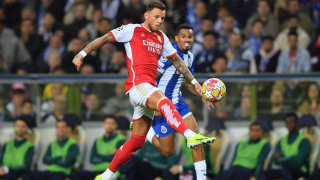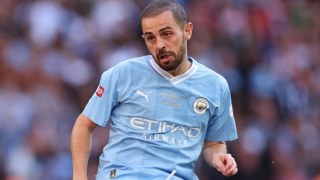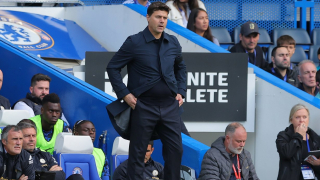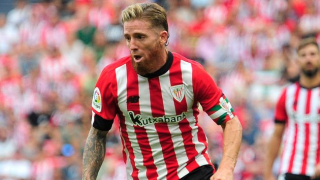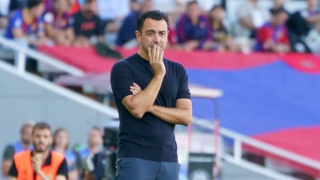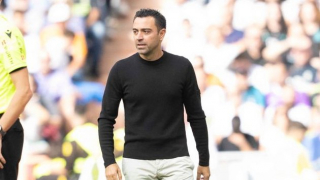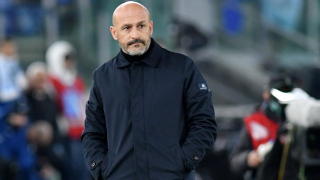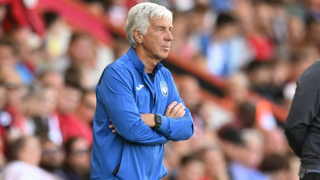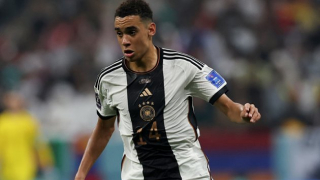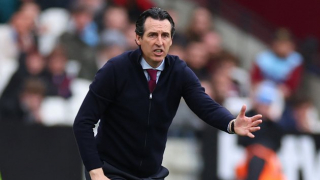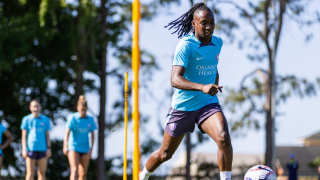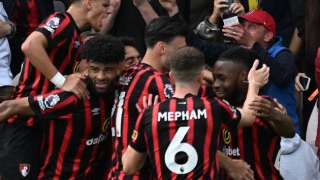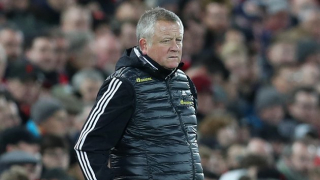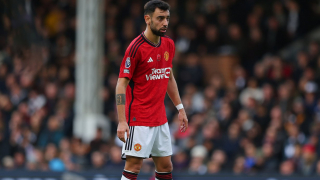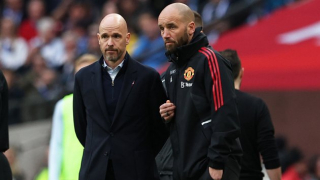In 'The Secrets of Success', we at Tribalfootball take a look at what makes teams effective. We kick off the series by analysing Jurgen Klopp's Liverpool, who have performed well domestically and on the continent this season.
Currently, they sit third in the Premier League table, with the league's second highest goals scored tally. And last night they destroyed Manchester City in the first leg of their Champions League quarter-final, with the second leg set to be played at Etihad Stadium on Tuesday.
Attack-minded, well-organised, fast and intense, Klopp's Liverpool are capable of devastating football. Here we look at some of the key tactical aspects that enable them to play such an exciting and productive style.
APPLYING PRESSURE IN MIDFIELD
When Klopp first arrived at Anfield, much of the media scrutiny focused on the 'gegenpressing' game he had utilised with Borussia Dortmund.
The belief was that he would turn Liverpool into a similarly aggressive pressing and counter-pressing side, closing down high up the pitch to force dangerous counter-attacking opportunities. Klopp seemed to confirm as much, saying: "No playmaker in the world can be as good as a good counter-pressing situation."
This counter-pressing has been implemented, however in 2017/18 there seems to have been a slight dialling back in Klopp's pressing emphasis, with an increased focus on applying pressure in midfield. Within the 4-3-3 system he has favoured, the front three are now primarily responsible not for haranguing the opposition goalkeeper and defenders, but for blocking passes into the middle third.
The wide players – usually Mohamed Salah and Sadio Mane –take up positions in the channels between the opposition centre-backs and full-backs while Roberto Firmino, who operates at the centre of the attacking trident, will often carry out 'backwards pressing'. This involves pressing when the ball is passed behind him in order to ensure the opponent cannot simply turn around and pass back to his deeper teammates. Examples are seen below against Manchester City and Watford.
Liverpool's primary defensive aim appears to be to congest space in the centre of the pitch with a compact midfield three and a well-positioned front three. From there Klopp's side look to force turnovers whenever the opposition attempt to progress their possession into the middle third and beyond.
Their pressing isn't as consistently high as initially predicted when Klopp came in, but it remains extremely intense. Consequently, many sides simply opt out of even trying to play through this area against Liverpool.
FIRMINO THE FACILITATOR
Since joining last summer, Salah has found the net 29 times in 31 Premier League outings. In the process, he has established himself as one of the most consistent finishers in the English top flight. He has surprised many with his ability to take chances, though Klopp's system has played a big part in the Egyptian's smooth transition.
With Roma, Salah often operated on the right of what often resembled a front four, in which Radja Nainggolan would make raiding runs off of centre-forward Edin Dzeko. With Liverpool, however, he has played more centrally within a more fluid front three, getting on the end of scoring opportunities with greater frequency.
It's important to recognise Firmino's role in Liverpool's attacking play and Salah's improved goals tally. The Brazilian isn't a classic No.9, despite his wearing the shirt, and his awareness and improvisational quality make the front three a more dynamic proposition for opposition defences to face.
Again, it's worth quoting Klopp to get a better idea of the player. "Roberto is a player who is always involved," the German said in 2016. "He has natural skill. He doesn't think too much, he has instinct. He can play all of the offensive positions."
The involvement Klopp mentions here doesn't just refer to Firmino's defensive work ethic and pressing, but his movement in attacking situations. The 26-year-old rarely plays on the shoulder of the last man, instead peeling off the frontline and coming deeper to occupy the space between the opposition defence and midfield lines. In doing so he can A) drag a marker with him and create a gap in the opposition back line, or B) distract the opposition defence and create an opportunity for Salah – or Mane – to make inward runs in behind.
Another advantage to Firmino's movement is that by dropping deeper he can help to overload the opposition midfield, making it easier for Liverpool to play centrally through pressure on account of them having numerical superiority.
There are some clear restrictions to his movement. For instance, he almost always operates centrally between Salah and Mane, and he is rarely seen dropping so deep as to receive the ball from his defensive teammates. Perhaps the best description of his role would be a 'nine-and-a-half', as he performs many of the duties of both the traditional No.9 and No.10.
His wide-ranging attributes make him difficult to deal with in this role. He has the technique and composure to control the ball under pressure, while his ingenuity – think back-heels and drag-backs – make him a tough customer to man mark. At the same time, backing off him and allowing him space isn't ideal, as he has the precision and dribbling to open up a defence.
FULL-BACK ASYMMETRY
While Liverpool's pressing, counter-pressing and vibrant front three get most of the attention, their build-up play is integral to their establishing controlled possession. Often, this involves Jordan Henderson dropping between the two centre-backs, but the energetic Englishman isn't ideally suited to this role. Thus, an alternative Klopp has explored is using asymmetrical full-backs.
Joe Gomez has returned to regular first team action this term, playing on the right-hand side of the back four. From this position, he regularly stays deep during build-up, forming a back three with Joel Matip and January signing Virgil van Dijk, while left-back Andrew Robertson takes up a higher position.
This three-man line is generally assembled in order to give Liverpool a 3v2 situation up against an opposition front two. As a result of the extra man they are harder to press, ensuring more secure possession.
Once possession is established and progresses into the middle third and beyond, Gomez will then take up a similarly high and wide position to Robertson on the opposite side. This in turn allows the nominal wingers, Salah and Mane, to move infield.

